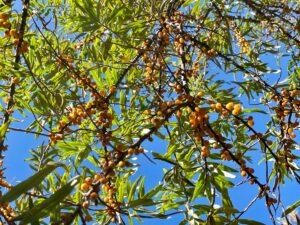
The Wonder Plant of the Himalayas: Seabuckthorn
The Wonder Plant of the Himalayas: Seabuckthorn In the arid regions of Ladakh and Lahaul-Spiti, where few major trees thrive, a remarkable shrub stands out
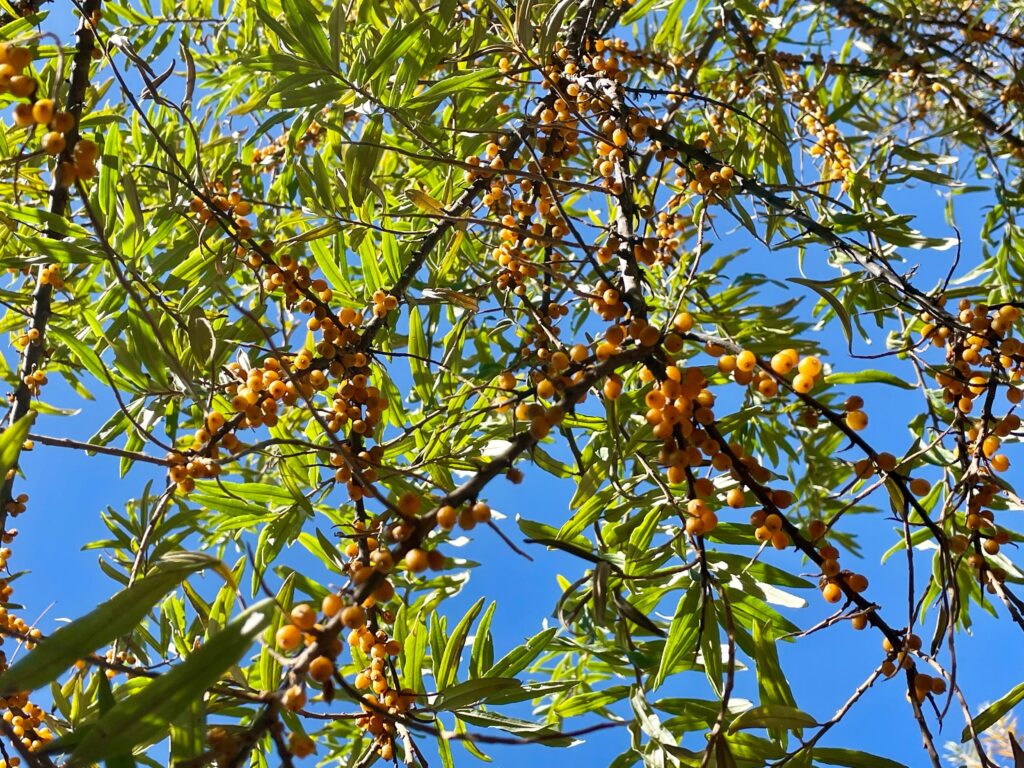
In the arid regions of Ladakh and Lahaul-Spiti, where few major trees thrive, a remarkable shrub stands out with its vibrant yellow-orange berries that create a stunning contrast against the rugged mountain backdrop. This resilient plant, known as seabuckthorn, is often called the “wonder plant” for its extraordinary benefits.
Locally known as ‘Charma,’ seabuckthorn (Hippophae rhamnoides) is a fruit-bearing plant with exceptional nutritional and ecological value. This deciduous shrub or tree is native to the Himalayan region of Himachal Pradesh and is referred to as Surch, Gyayin, or Charma in local dialects. It is packed with vitamins, antioxidants, and other vital nutrients that contribute to its reputation as a superfood. Beyond its nutritional benefits, seabuckthorn plays a crucial role in ecosystem restoration. The bushes develop extensive root systems that stabilize the soil, preventing erosion, and thrive even in harsh, cold climates.
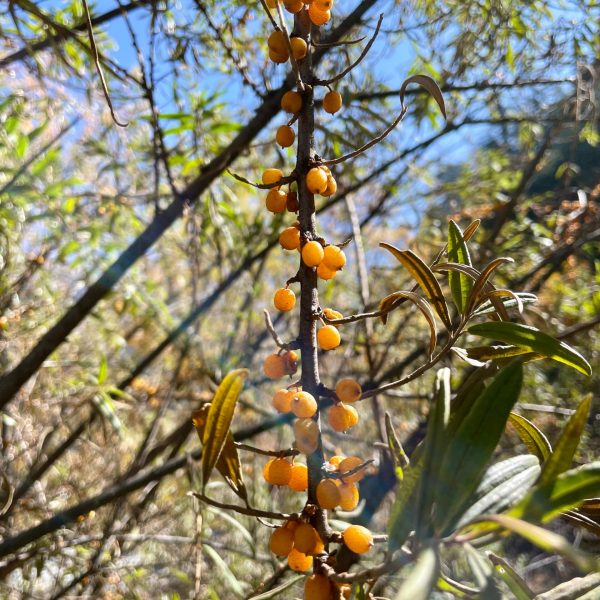
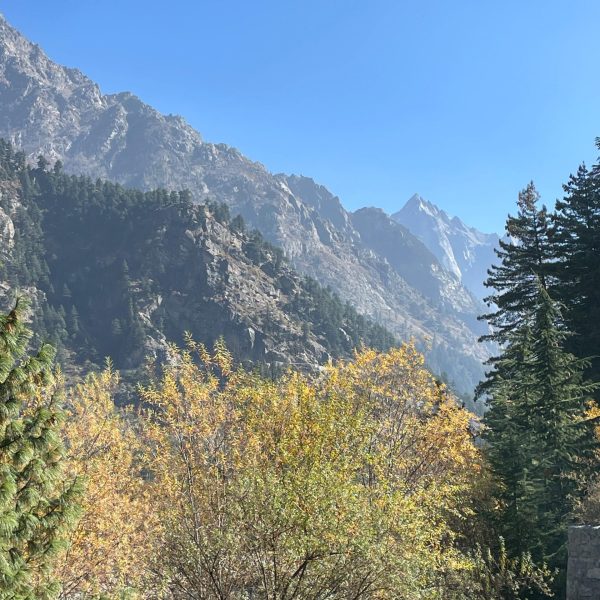
In the remote valleys of Lahaul and Spiti, traditional healers, locally known as Amchis and Larjes, have relied on seabuckthorn for centuries to treat various ailments. The fruit’s incredible phytochemical profile, which includes over 200 bioactive compounds, has attracted significant interest from modern researchers. Known as the “Golden Bush of the Himalayas,” seabuckthorn is celebrated for its medicinal properties and nutritional richness.

Seabuckthorn is not just beneficial for human health; it also plays a vital ecological role. Its ability to prevent soil erosion and improve soil fertility through its root-microbe interactions makes it indispensable in fragile environments like Lahaul and Spiti. The plant’s pioneering nature helps preserve soil and water, combat desertification, and ensure ecological balance in these arid regions.
Thanks to its abundance of minerals and active compounds, seabuckthorn has found applications in medicine, food, and cosmetics. Popular products derived from seabuckthorn include juice, pulp, oil, tea, and even skincare items. Its economic value is also significant, as it provides fuelwood, fodder, and income through the production of jams, capsules, and creams.
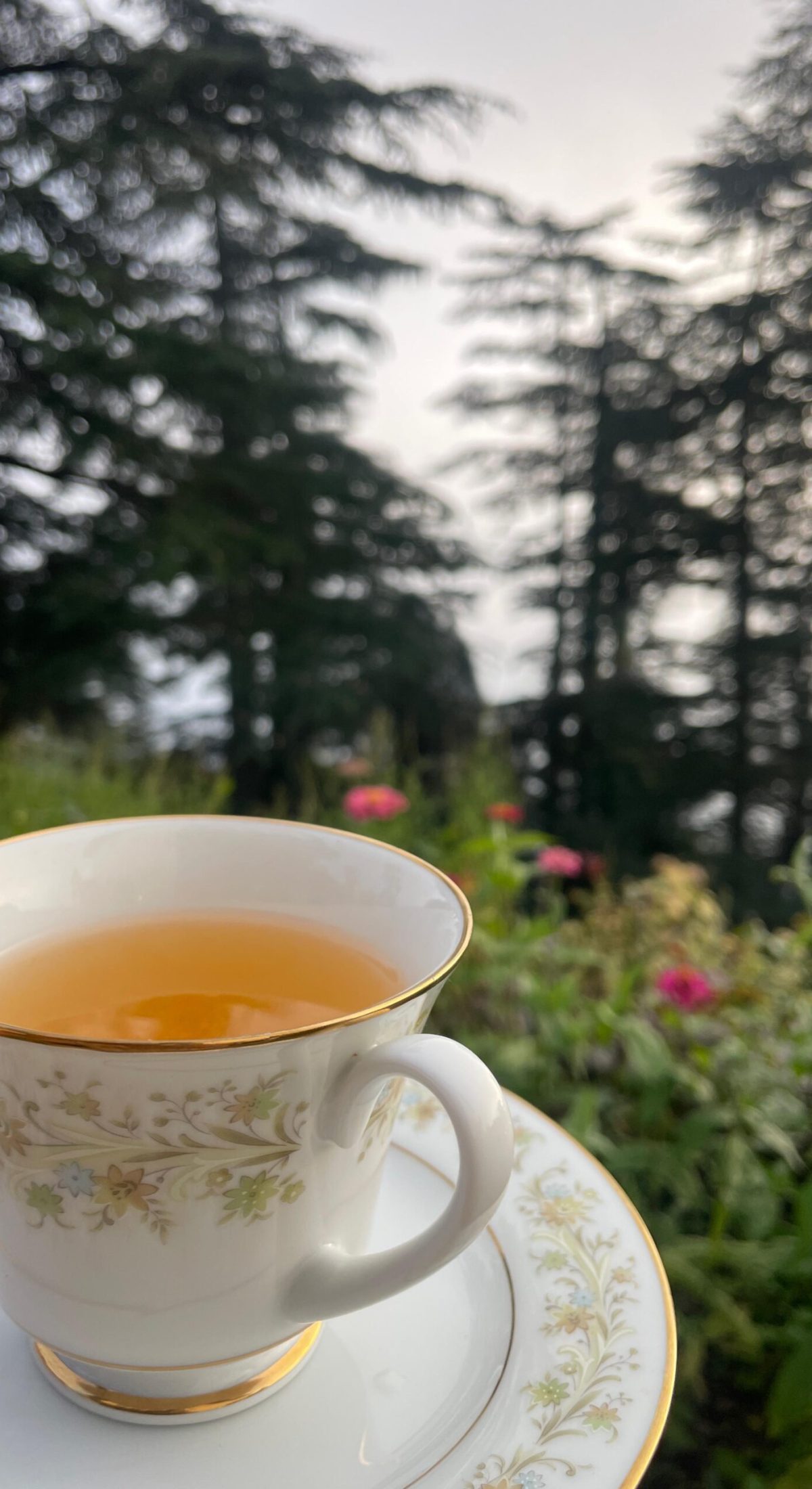

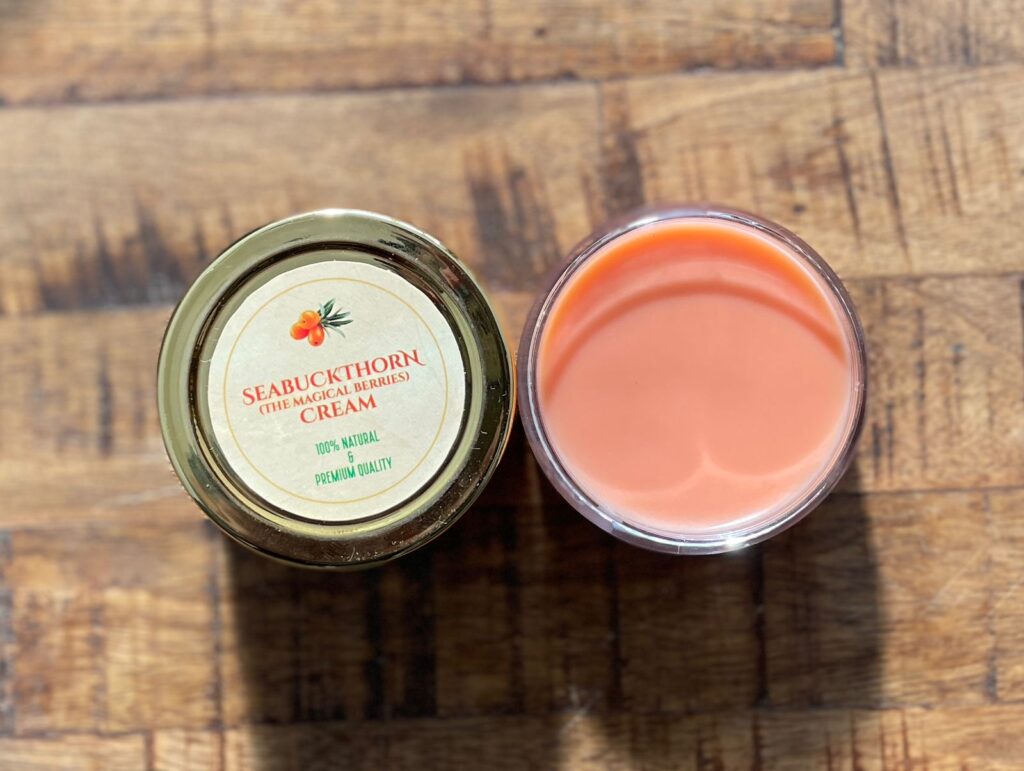
At HimFlavours, we are proud to work with women-led self-help groups in Himachal Pradesh to source fresh, pure seabuckthorn. Supported by NABARD, this initiative ensures hygienic processing of seabuckthorn, bringing its natural goodness straight to your home. By supporting these communities, we contribute to their livelihoods and promote sustainable practices.
From its medicinal benefits to its role in ecological preservation, seabuckthorn truly lives up to its title as a “wonder herb.” At HimFlavours, we are committed to bringing you the best of this Himalayan treasure in its purest form. Whether you use it as a juice, tea, or skincare product, seabuckthorn promises health, vitality, and sustainability—all in one.
Explore the goodness of seabuckthorn with HimFlavours and experience the magic of this golden bush from the Himalayas!

The Wonder Plant of the Himalayas: Seabuckthorn In the arid regions of Ladakh and Lahaul-Spiti, where few major trees thrive, a remarkable shrub stands out

Honey has been cherished for centuries, not just as a sweet treat, but also for its numerous health benefits. Despite its long history and widespread
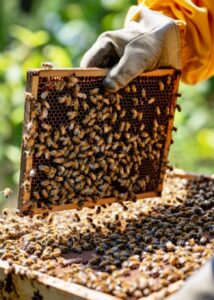
For years, conventional wisdom, popular slogans, and ad campaigns have heralded the same message: “we need to save the honeybees”. Products from various categories proudly

In the serene mountains of Tirthan Valley in Kullu, a unique practice is yielding results that not only promote environmental conservation but also generate a

यथा सुमेरू: प्रवरो नगानां यथाण्डजानां गरुड: प्रधान:I यथा नराणां प्रवर: क्षितीशस्तथा कलानामिह चित्रकल्प” II ४३:३९ II (Viśṇudharamottara Puraṇa) As Sumeru is the best of mountains,

Did you know that certain regions in Himachal Pradesh observe the festival of Diwali not once, but twice a year? Indeed, this unique celebration takes